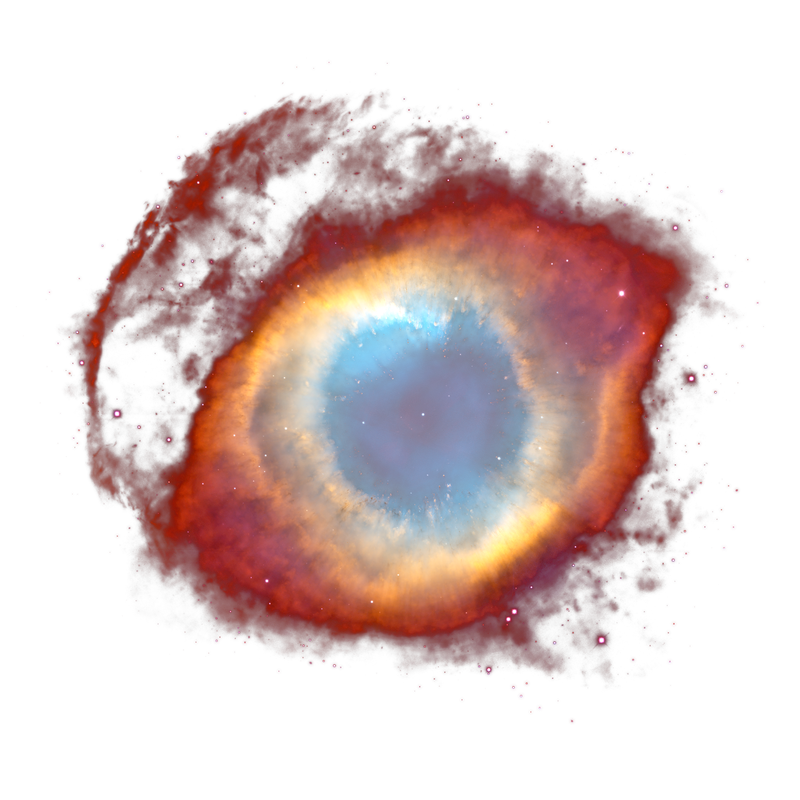- cross-posted to:
- canada@lemmy.ca
- cross-posted to:
- canada@lemmy.ca
Excerpt from the article:
If all goes to plan, next February could see the return of humans to the moon. Four people — NASA astronauts Victor Glover, Reid Wiseman, Christina Koch and Canadian Space Agency astronaut Jeremy Hansen — will see it as no one has before. Not even the Apollo astronauts, as much of it was dark during their missions.
Artemis II is a mission to send the four around the moon, taking them farther than any human has ever been. Their goal is to help prepare for Artemis III, which will see boots on the moon for the first time since 1972.
While they are tasked with testing out the spacecraft’s many systems and abilities, the four are also very much human guinea pigs in space.
During the Apollo missions of the 1960s and '70s, NASA collected rock samples from the moon and conducted experiments on its surface, but one thing it didn’t do is learn more about how the human body reacts to deep space.
Artemis is looking to change that.
“Our top priority is to bring our friends safely home,” said Jacob Bleacher, NASA chief exploration scientist, at a press conference last week.
“To do that, we have developed an integrated research campaign that will support all of our future Artemis missions to make sure that we can travel safely in space and bring everybody home. And that really starts with trying to understand the space environment.”
In the quoted text, you’ve got four or more leading spaces prefixing each line of the quote. That’ll make the text monospaced, and not wrap. You normally want that when quoting text from a terminal, rather than ordinary text.
If you want to quote a section in Markdown, you normally want to prefix each line of the quoted section with a “>”.
So:
This is a quote: >quoted textWill yield:
This is a quote:
quoted text


